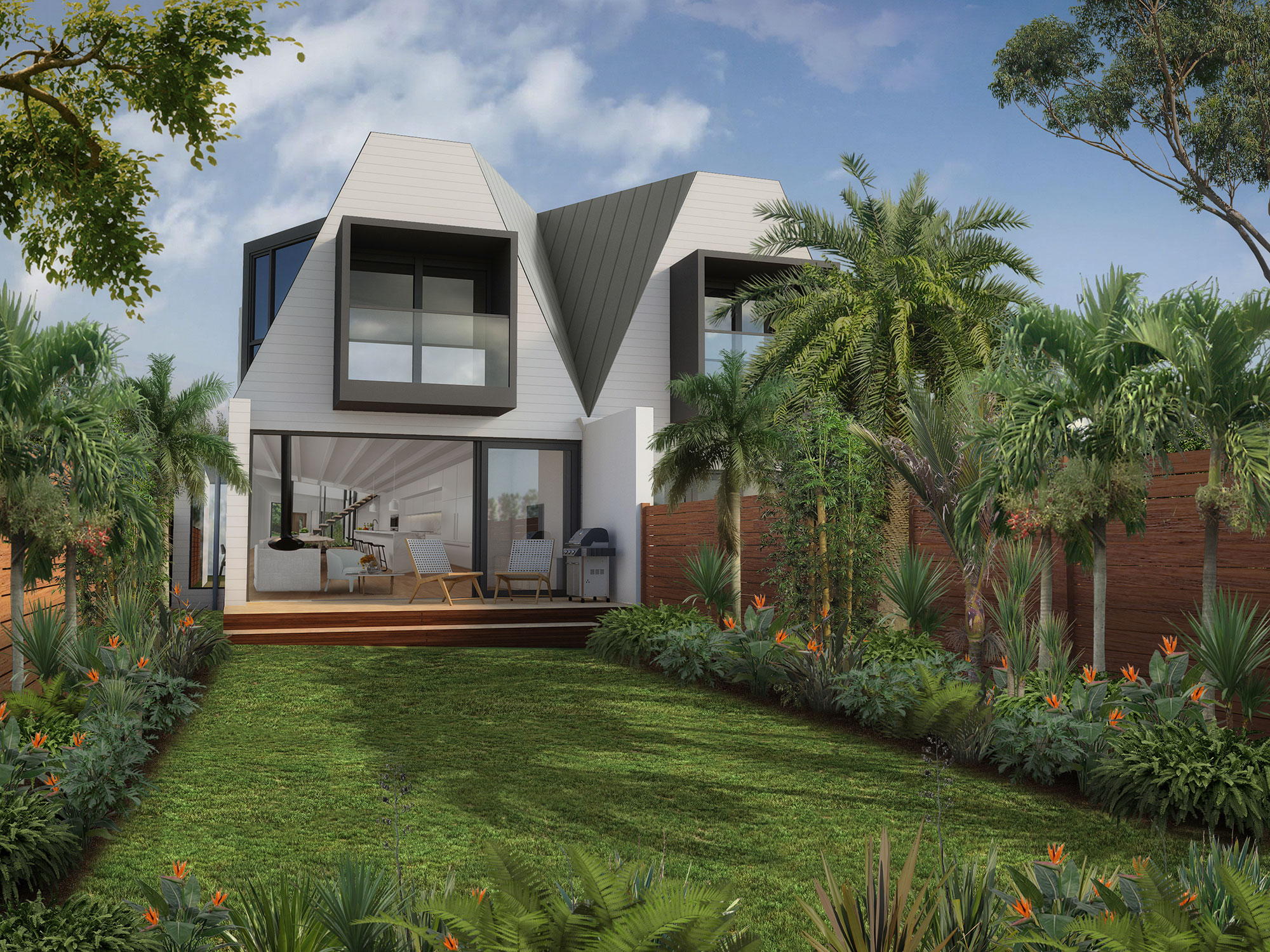Advanced 3D design technology that puts illustrative design and visual presentation at the forefront of innovation.
3D rendering has been an art of expert practice for decades, since the advent of graphic design in cinematography, theater, painting and photography, the technological advancement of three-dimensional drawing has taken a heavenly speed, there where this application of design allows new observations. , experiments and simulations to create a powerful visualization that offers in-depth insights. 3D rendering gives ideas, concepts or drafts, sketches and models for 3D architectural rendering, 3D interior design and 3D industrial design.
The advantages of 3D rendering
• Productive progression, with the ease of changing designs at different stages, most 3D design software allows the user to change elements and their dimensions at any stage of the rendering process. Design changes are reflected simultaneously in all dimensions of a model.
• The illustrative attribute of 3D architectural rendering causes the architectural design to be created to present a graphic illustration of the proposed building in real life, allowing a building to be visualized before it is completed.
• Architectural 3D rendering is the best marketing tool with huge marketing benefits with a 3D presentation on a 2D surface and a guided tour to take the client on a pre-recorded tour of the building concept or an interactive virtual reality model that offers the edge to view or browse any section of the building.
• 3D interior design has become the most acceptable technology in the interior design world, making the interior design and detailing process much more productive and efficient than any other conventional design method.
• 3D interior design offers improved competitive advantage over interior design marketing when tendering with different structural / building design contrasts and also for consultancy work. As the 3D rendered design is visually communicated and the concepts can be much more convincing to win clients and projects.
• Industrial 3D designs are ideal for designing new products and have revisions as they effectively communicate the design to the team and profession involved in the project. In addition, it provides vivid images to understand the product and adapt to the innovative design of the product.
• Manufacturing industries are faced with a broader design quest to improve or renew new products. Industrial 3D design offers many ways to generate new design patterns and encourage divergent approaches and solutions.
Therefore, 3D rendering makes it possible to adapt the likeness of an object to the aspect ratio, both in the aesthetic and technical way employed by the photo realistic image. This, in turn, helps to better understand or promote the concepts and their designs.
3D rendering can be done just about anything and everything, and it's inexpensive and convenient to visualize the image or design even before construction or fabrication. It is used as a great futuristic application with the possibility of refinement and improvement in the overall design.



Comments
Post a Comment